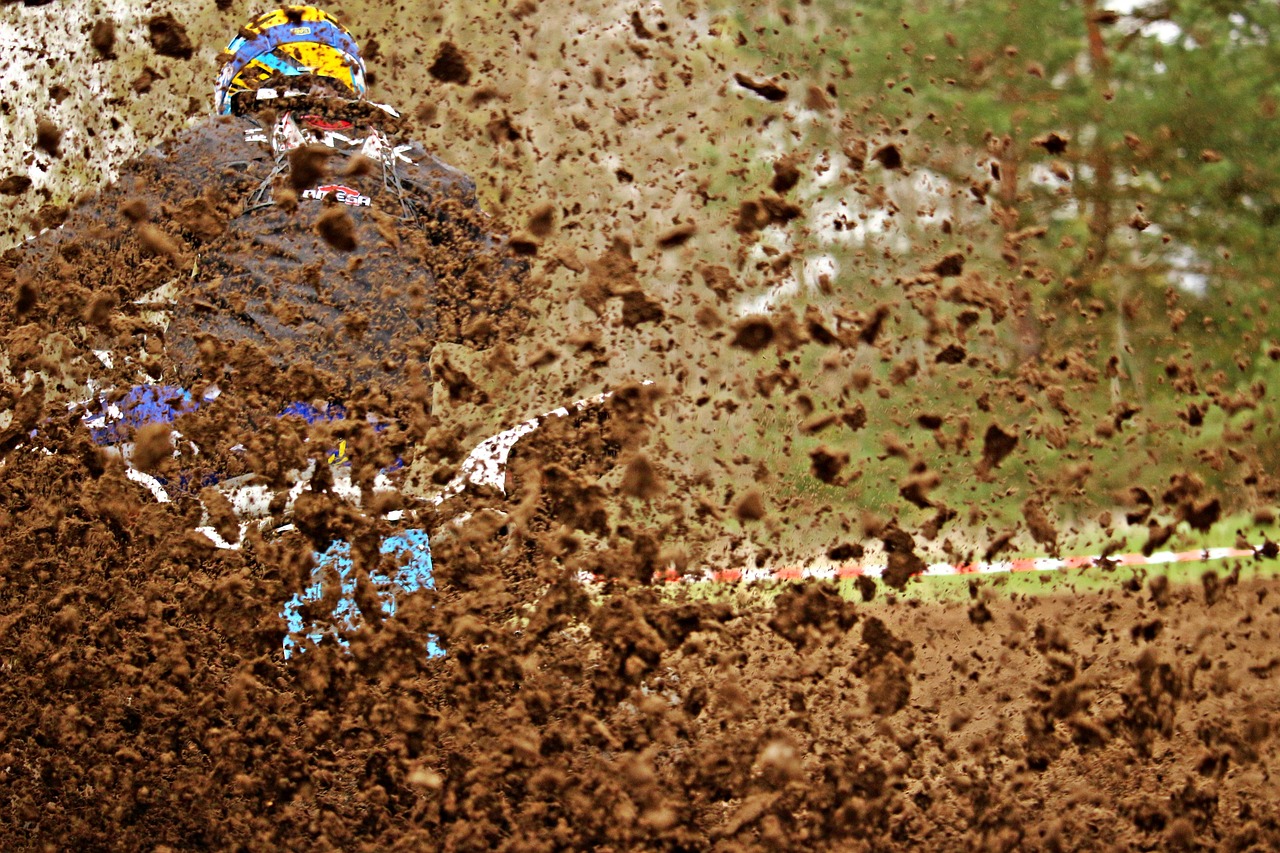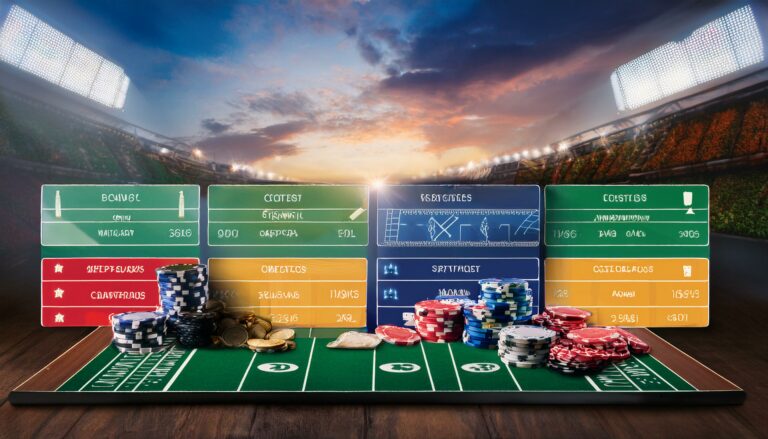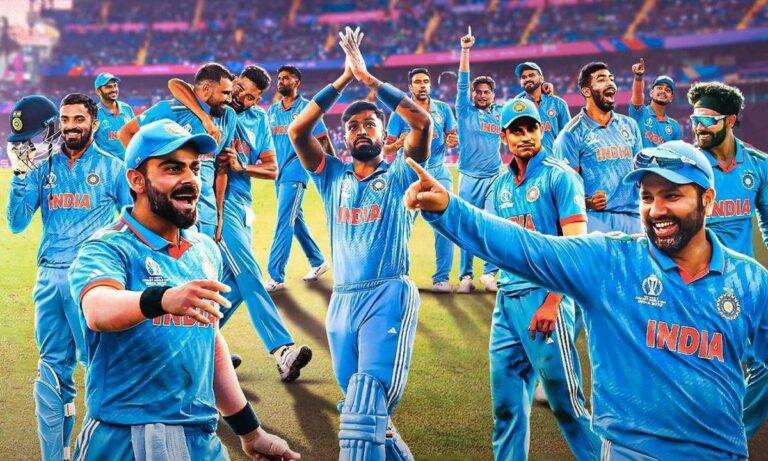The Evolution of Cricket Accessories: From Utility to Style
Reddy Anna Book, Reddy Book Club: In the early years of cricket, bats were carved out of willow wood, sporting a primitive design that featured a rounder shape with a curved blade. As the game evolved, so did the cricket bat design. Over time, advancements were made to enhance the sweet spot of the bat, allowing players to achieve better power and control in their shots.
Modern cricket bats now consist of a flat fronted profile with a thicker edge and a bulging back to provide more power to shots. The handle of the bat has also undergone significant improvements to reduce vibrations and improve the overall feel for the batsman. With advancements in technology and materials, cricket bat design continues to evolve, striving to optimize performance for players at all levels of the game.
Evolution of Cricket Ball Materials
In the early days of cricket, cricket balls were handcrafted using materials like cork, twine, and leather. These traditional materials were reliable but often led to inconsistencies in the size, weight, and bounce of the ball. As the game evolved, the need for more standardized and durable cricket balls became apparent.
With advancements in technology, modern cricket balls are now made using high-quality leather covers stitched over a core of cork and rubber. These materials provide durability, consistency in weight and bounce, and enhanced performance on the pitch. Additionally, the introduction of machine-stitched seams has further improved the aerodynamics of the ball, allowing bowlers to achieve greater swing and seam movement.
What materials were traditionally used in making cricket balls?
Traditionally, cricket balls were made from leather and cork.
How has the design of cricket bats evolved over time?
Over time, cricket bats have evolved to become lighter and more durable, with improvements in materials such as English willow and carbon fiber.
What are some modern materials used in making cricket balls?
Modern cricket balls are often made from a core of cork, wrapped in string, and covered with a leather casing.
How has the evolution of cricket ball materials impacted the game?
The evolution of cricket ball materials has led to more consistent performance, durability, and seam movement, which has enhanced the quality of the game.
Are there any regulations governing the materials used in cricket ball manufacturing?
Yes, the International Cricket Council (ICC) has specific regulations regarding the size, weight, and materials used in making cricket balls to ensure fair play and consistency.







